Freelancing is becoming more popular than ever before. According to a report by Upwork, by 2027, the bulk of the US workforce will be freelancers. Freelancers appreciate the freedom to work from any location. Also, they set their schedules and take charge of their projects. However, one of the significant problems for freelancers is timely and effective payment methods. In this article, we will explore platforms that are effective as a freelancer payment method.
How to Get Paid as a Freelancer
One significant component in the world of freelancing is getting paid for services. As a freelancer, you have various payment options, each with pros and cons. This article will discuss the best payment method for freelancers.
1. Indy

Indy is a new payment platform designed specifically for freelancers. It enables them to create a payment link they may distribute to clients to get paid for their services. Indy has the benefit of being a low-cost payment platform with only a minimal transaction fee. Also, it integrates well-known accounting software, making it simple to handle your finances as a freelancer.
2. Paypal
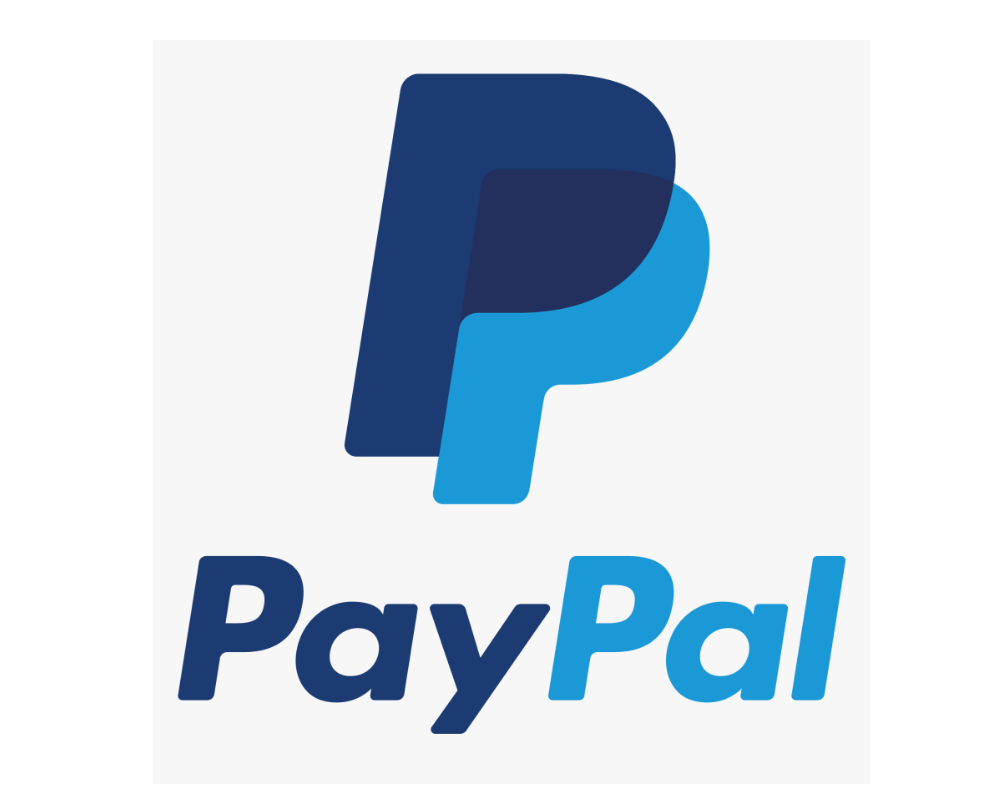
PayPal is a widely used payment platform that allows freelancers to receive payments from clients worldwide. Customers have three payment options: credit card, bank account, and PayPal balance. Each transaction through Paypal is subject to a fee, which varies by country and currency. The advantage of PayPal is it is a popular payment processor, making it simple for customers to trust and use. The fees might be expensive, especially for overseas transactions, which is a disadvantage.
3. Stripe

Stripe is a payment platform that allows freelancers to receive payments directly from clients. Stripe for freelancers offers a range of payment options, including credit cards, Apple Pay, and Google Pay. Stripe charges a fee for each transaction, which is lower than PayPal’s fees. The advantage of Stripe is that it is easy to use, with a user-friendly interface. It also integrates with many popular accounting software, making it easy to manage your finances.
4. Skrill
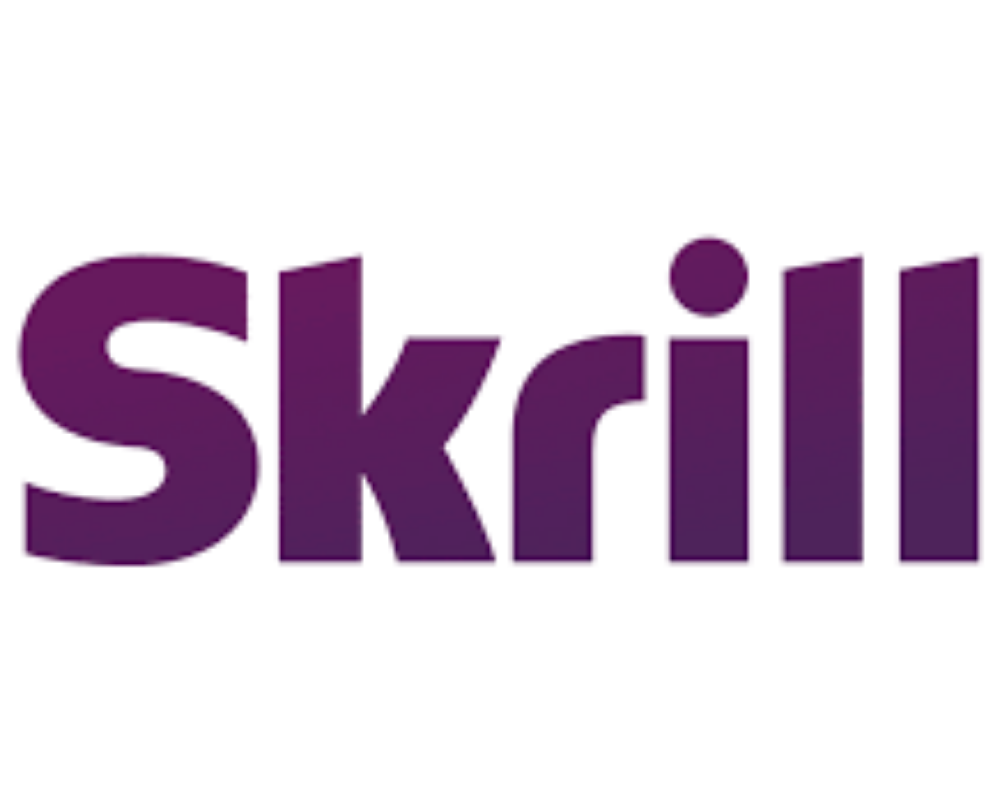
Skrill is a payment platform that allows paying a freelancer from clients worldwide. It offers a range of payment options, including credit cards, bank transfers, and Bitcoin. Skrill charges a fee for each transaction, depending on the country and currency. The advantage of Skrill is that it is a widely recognized payment platform, making it easy for clients to trust and use. The disadvantage is that the fees can be high, especially for international transactions.
5. Cash App
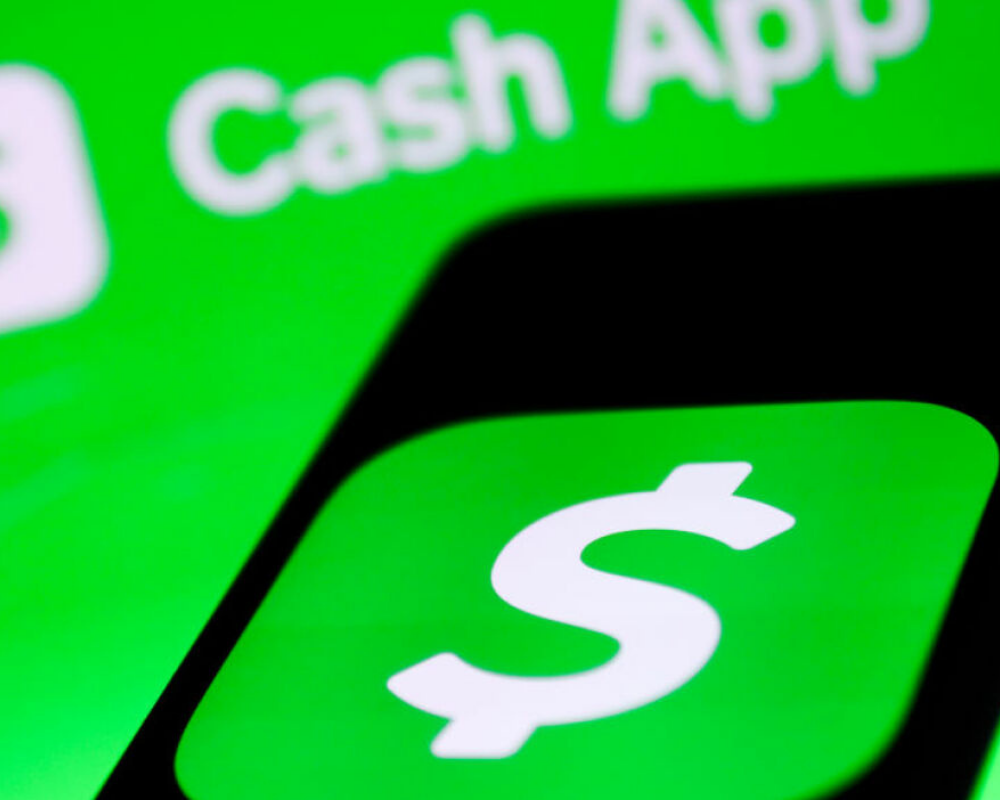
Cash App is a payment platform that allows freelancers to receive payments directly from clients. It has several payment methods available. It includes bank transfers, debit cards, and credit cards. Each transaction in Cash App is subject to a fee that is less than what PayPal charges. Cash App has the benefit of being simple to use and having a user-friendly interface.
6. Payoneer
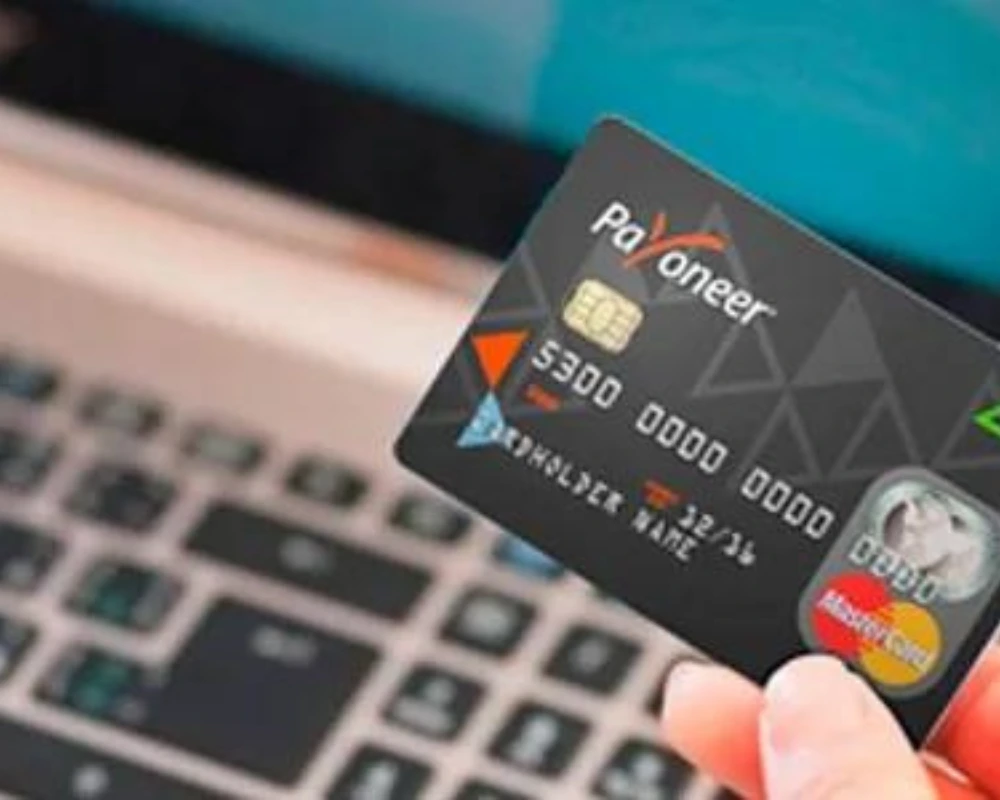
Payoneer is a global payment platform that allows freelancers to receive payments from clients worldwide. It offers a Mastercard debit card that can be used to withdraw money from ATMs or make purchases online or in-store. Payoneer charges a fee for its services, but it is a convenient option for freelancers who work with clients from different countries.
7. Revolut

Revolut is another payment platform that offers a range of services for freelancers. It provides a Mastercard debit card that can be used to withdraw money from ATMs or make purchases online or in-store. In addition, Revolut offers a range of other services, such as currency exchange and budgeting tools. However, like Payoneer, it charges fees for its services.
8. Freelancing Platforms
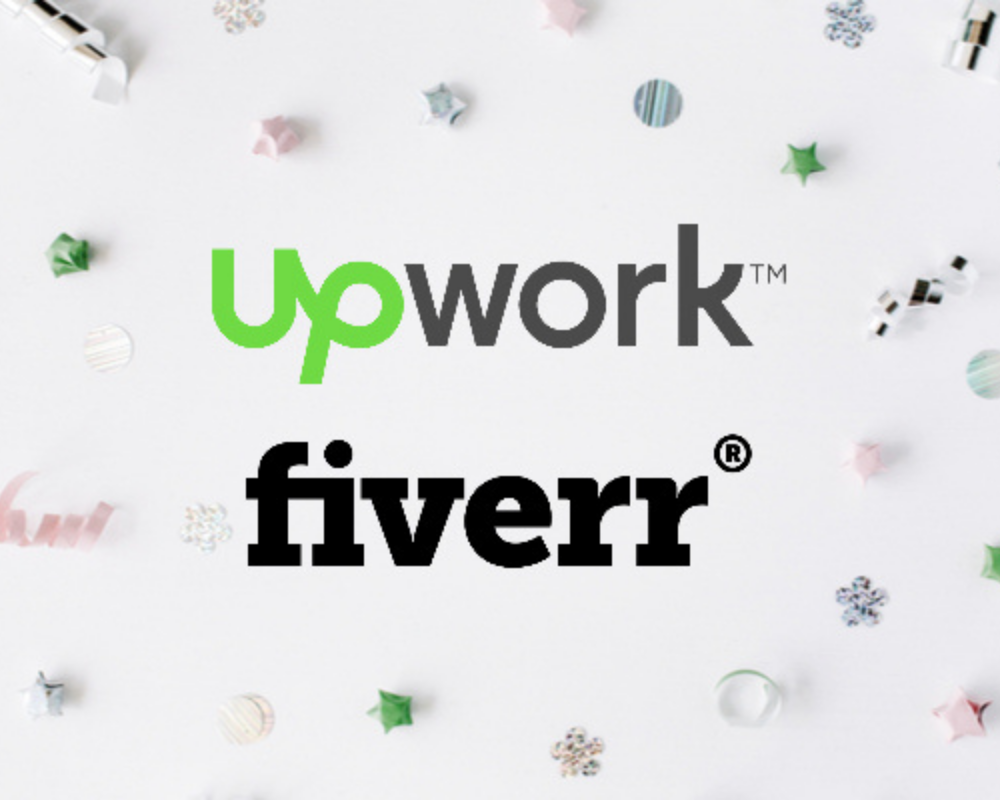
Freelancing platforms, such as Upwork, Fiverr, and Freelancer, offer various payment options for freelancers. These platforms provide a safe payment method. Thus, makes sure freelancers get paid on schedule. These platforms provide well-liked payment methods like PayPal, credit card transactions, and direct bank transfers.
9. Accounting Software
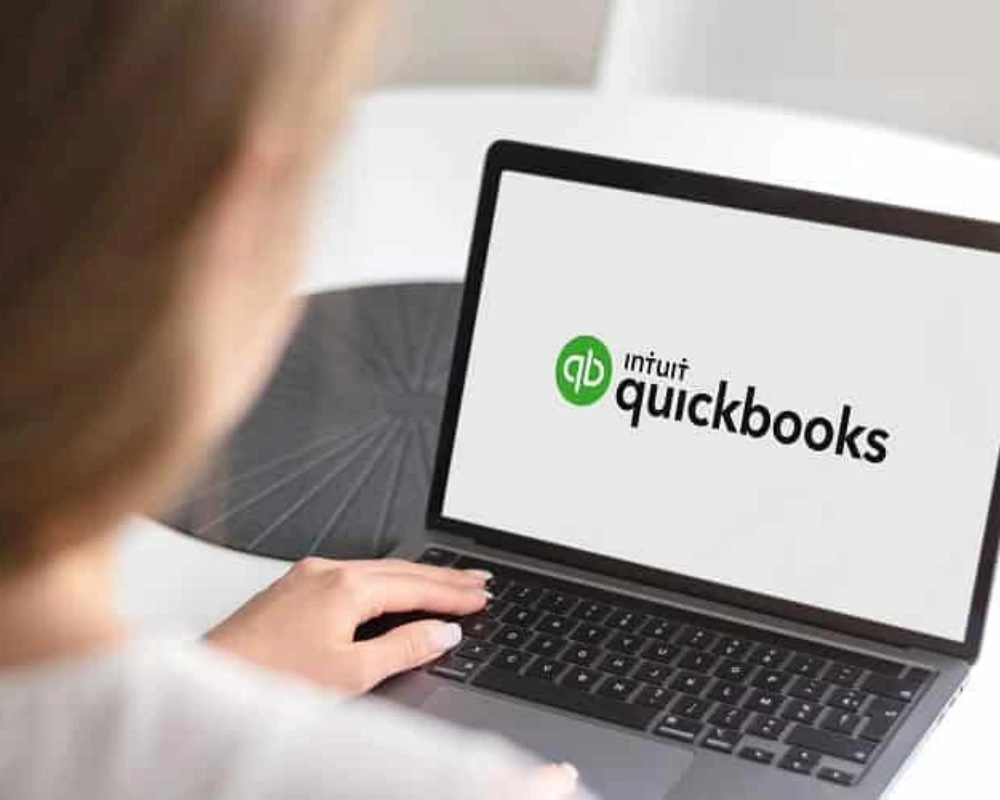
Accounting software, like QuickBooks and FreshBooks, can create invoices and track payments. These software tools also offer features that allow freelancers to accept payments directly from clients. For example, QuickBooks provides a payment processing service that enables freelancers to accept credit card payments.
10. Bank Wire Transfer Payments

Bank wire transfer payments are a direct way of receiving payments from clients. The process involves directly sending money to the freelancer’s bank account. Bank wire transfer payments are a secure way of receiving payments. But, they can be time-consuming and may involve high transaction fees.
11. Electronic Funds Transfer to a Bank Account

Electronic funds transfer is another method of receiving payments directly into a freelancer’s bank account. This method involves the client sending money to the freelancer’s bank account electronically. An electronic funds transfer is faster and more convenient than bank wire transfer payments. It usually involves lower transaction fees.
12. Credit Card Payments

Credit card payments are a popular method of payment for freelancers. This method involves the client making a payment using their credit card. Several payment processing services, such as PayPal and Stripe, enable freelancers to accept credit card payments.
How to Choose the Best Payment Method
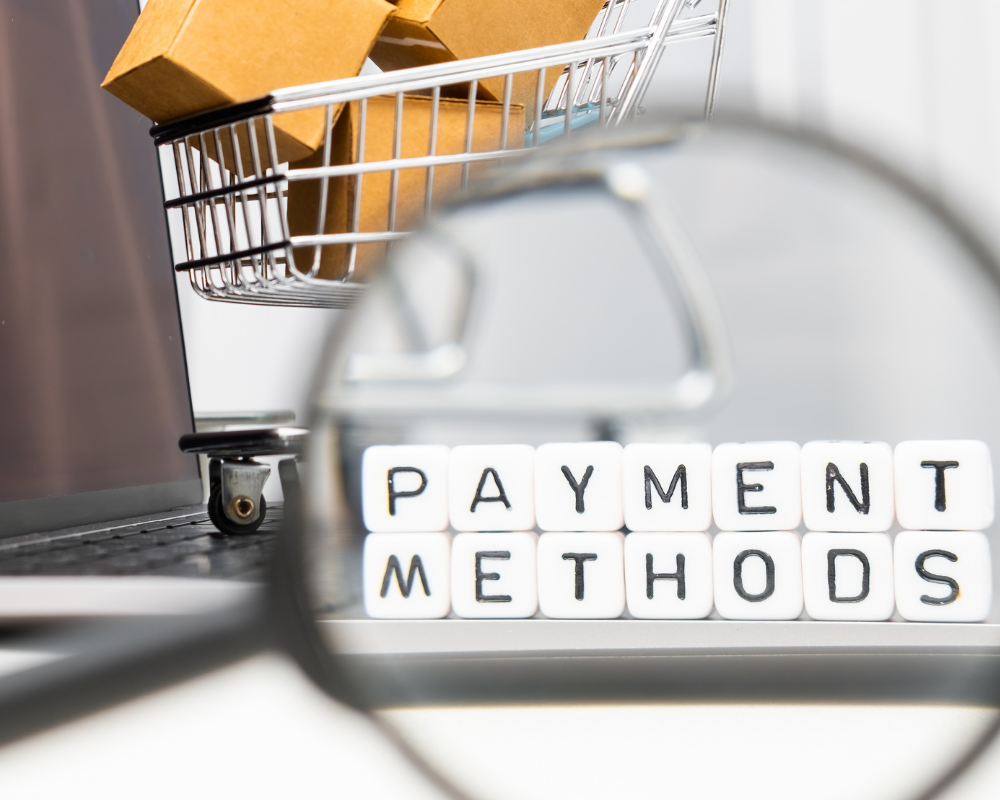
Choosing the best payment method for you and your clients is essential as a freelancer. It is as important as how much a freelancer makes. Here are some ways to help you select the best payment method:
- Consider the fees: Each payment method has different associated costs, so it’s essential to consider them when choosing a payment method. Some methods charge a percentage of the transaction amount, while others charge a flat fee. Be sure to compare the fees across different payment methods to find the best one for your needs.
- Look at processing times: Processing times vary among payment methods. Some methods take longer than others to process payments. Make sure you choose a payment method that processes payments in a timely manner to avoid delays in receiving compensation.
- Check for security: Choosing a secure payment method that protects your personal information is essential. Look for payment methods that use encryption and other security measures to protect your data.
- Consider your client’s preferences: Your client may have a preferred payment method, so it’s essential to consider this when choosing a payment method. If your client prefers to pay using a specific method, make sure you can accept payments through that method.
- Think about convenience: Some payment methods are more convenient than others. For example, if you’re frequently on the go, you may prefer a payment method that allows you to receive payments through a mobile app. Consider your lifestyle and choose a payment method that works best for you.
Some popular freelancer payment methods include credit/debit cards, PayPal, Google Pay, wire transfer, escrow, Stripe, Moneygram, Skrill, Western Union, Wise, and Payoneer. It’s important to evaluate each payment method based on the abovementioned factors and choose the one that best meets your needs.
Tips for Getting Paid

How to make sure you get paid as a freelancer? It’s vital to ensure you get paid for your work. Here are some tips to ensure you get paid as a freelancer:
- Establish clear payment terms: Establish clear payment terms before starting any work. Discuss and agree on the payment amount, due date, and payment method with your client. This will help prevent misunderstandings and ensure that you get paid on time.
- Use a contract: It’s essential to have a contract outlining the scope of work, payment terms, and other essential details. This will protect you and your client and help prevent disputes.
- Invoice promptly: Once you’ve completed your work, invoice your client promptly. This will help ensure your client pays you on time and avoids delays.
- Use online payment solutions: Online payment solutions such as Payoneer, Cash App, Skrill, and Authorize.net are a convenient and secure way to get paid as a freelancer. They are accommodating if you are getting paid by an overseas client in a different currency.
- Follow up on late payments: If your client doesn’t pay you on time, following up with them is crucial. Send reminders and be persistent until you receive payment. You may also want to consider charging late fees for late payments.
- Avoid working with clients with a history of non-payment: Before accepting work from a new client, research to ensure they have a good reputation for paying their freelancers. If a client has a history of non-payment, it’s best to avoid working with them.
- Consider using escrow services: Escrow services such as Upwork Escrow and Freelancer Escrow can help protect you as a freelancer by holding your payment in a secure account until the work is completed and the client approves it. This can help prevent payment disputes and ensure you get paid for your work.
By following these tips, you can help ensure you get paid for your work as a freelancer.
Conclusion
There are several forms of payment available for freelancers. These include payment platforms like Payoneer and Revolut, freelancing platforms, accounting software, bank wire transfer payments, electronic funds transfer to a bank account, and credit card payments. Choosing a payment method that suits your and your client’s needs is essential.
Furthermore, when choosing a payment method for freelancers, it’s essential to consider the fees, processing times, security, client preferences, and convenience. You can find the best payment method for your needs by evaluating these factors and considering popular payment methods.
Finally, to make sure you get paid for the work you do, you need to establish clear payment terms, use a contract, invoice promptly, use online payment solutions, follow up on late payments, avoid working with clients who have a history of non-payment, and consider using escrow services.
FAQs
- Are there any fees associated with receiving payments through Payoneer and Revolut?
- Yes, Payoneer and Revolut charge fees for their services.
- Can I receive payments from clients worldwide using Payoneer and Revolut?
- Yes, both Payoneer and Revolut are global payment platforms.
- What payment options are available on freelancing platforms?
- Popular payment options on freelancing platforms include PayPal, credit card payments, and direct bank transfers.
- How can I receive credit card payments as a freelancer?
- Several payment processing services, such as PayPal and Stripe, enable freelancers to accept credit card payments.
- Which payment method is the best for freelancers?
- The best payment method for freelancers depends on their needs.
Maricel Cielos
Maricel is an SEO specialist and a content writer. She helps businesses by improving their presence on digital platforms and the search engine results page.



